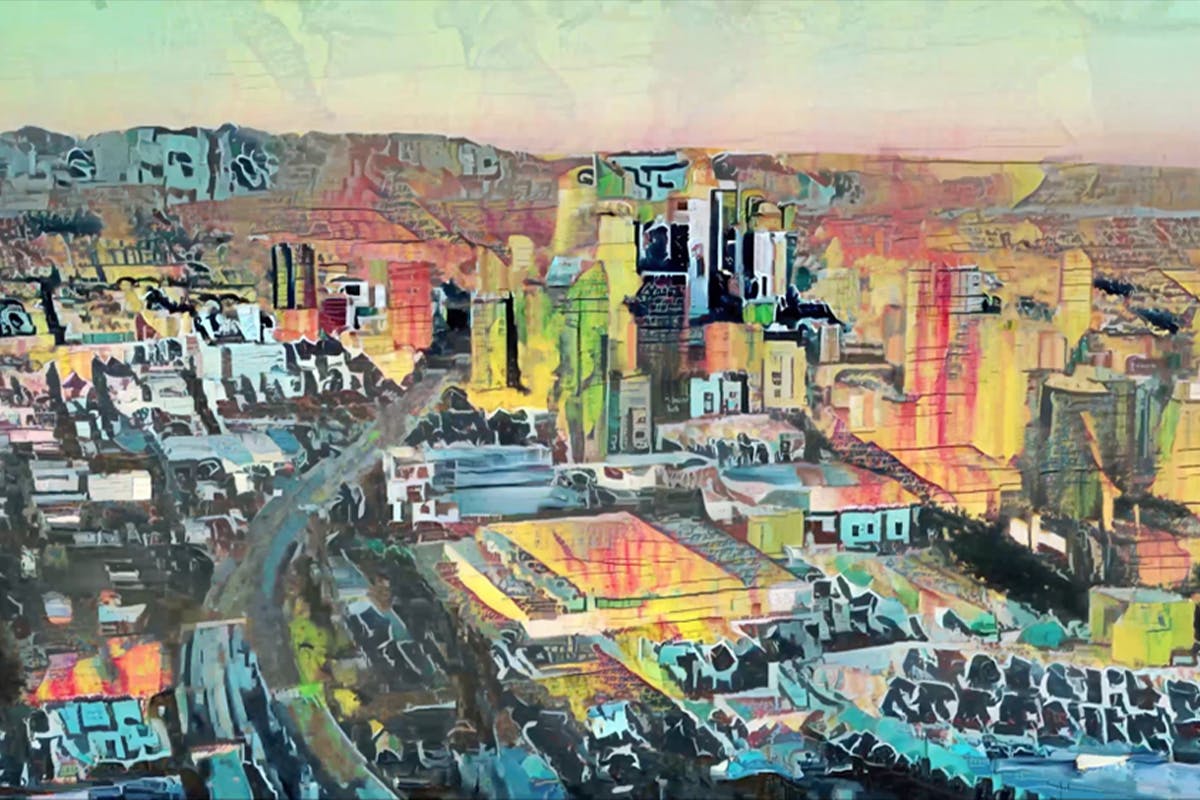For digital artists, NFTs are promising – and problematic

The challenge that digital artists, curators and collectors have faced for decades has been how to sell artwork that is by nature infinitely reproducible. Unlike a painting or sculpture, digital artworks can be reduced to a series of 0s and 1s, or an algorithm that can easily be copied.
Non-fungible tokens, or NFTs, offer a technological solution. They work as public ledgers, using blockchain technology to track digital transactions. When a collector buys an NFT, they’re essentially acquiring a tamper-proof digital receipt. That also allows the artist to retain a percentage of the revenue each time their work is sold.
The rise of NFTs has benefited established and emerging digital artists, providing additional revenue streams and direct engagement with fans and collectors. But the NFT marketplace has also been dismissed as a bubble and a haven for stock speculators and scam artists. Celebrities like Paris Hilton have released NFT collections, and NBA Top Shot sells collectible “Moments” from memorable basketball games.
Digital artist Mike Winkelmann, known as Beeple, made history in March when an NFT consisting of 5,000 of his illustrations sold for over $69 million at auction at Christie’s. It was dismissed as a marketing stunt, but it succeeded in capturing the world’s attention.

